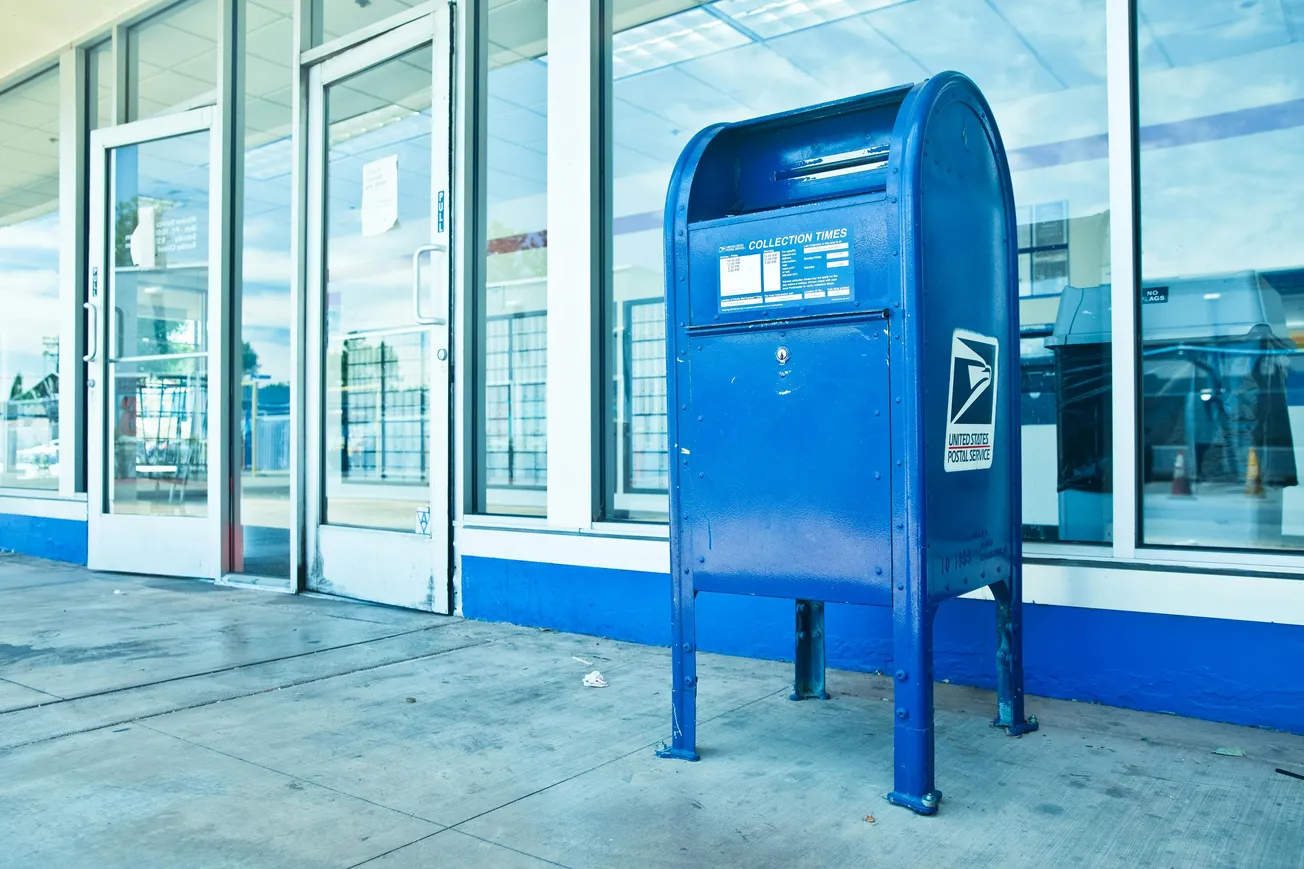The retail industry is at a pivotal moment, driven by technological advancements, changing consumer behaviors, and rising challenges like retail crime. This post will explore the key trends affecting retailers today, including the dominance of AI, the importance of physical stores, and emerging technologies.
The Dominance of AI in Retail
Artificial intelligence continues to disrupt various sectors, and retail is no exception. As highlighted by IHL Services Group, AI is expected to have a staggering $9.2 trillion economic impact on the retail sector by 2029, particularly in enhancing customer service and operational efficiencies through tools like AI fraud detection and suspicious video analytics.
Physical Stores Remain Essential
Despite the rise of e-commerce, physical stores are still vital. Research from Chain Store Age indicates that 85% of retail transactions are linked to a store experience, emphasizing that these environments must evolve to integrate technology effectively.
Retailers are focusing on improving inventory visibility and personalizing customer experiences to harness the full potential of their physical locations.
Top Retailers and Growth Trends
According to Deloitte, Walmart, Amazon, and Costco continue to dominate the global retail space. Notably, Aldi has made strides in revenue growth, reflecting a trend where grocery retailers are thriving by expanding their international reach.
The top 10 global retailers generate approximately 35% of all sales, highlighting their crucial market influence.
Challenges with Retail Crime
The situation regarding retail crime is alarming. As reported by the National Retail Federation, incidents of external theft have increased by 19%, with violence during crimes being a growing concern.
Retailers are adopting new technologies, such as AI-powered analytics and RFID, in an effort to counteract these threats.
Emerging Technologies
According to Gartner's latest hype cycle, technologies such as IoT-based store monitoring, computer vision, and item-level RFID are gaining momentum. These innovations are expected to significantly enhance operational efficiencies and customer experiences as they become more widely adopted.
Conclusion
As we move closer to 2026, understanding these trends is essential for retailers aiming to succeed in an increasingly competitive landscape. The integration of AI, evolving retail environments, and the adoption of innovative technologies are vital steps toward ensuring long-term sustainability and success in the ever-changing retail ecosystem.










